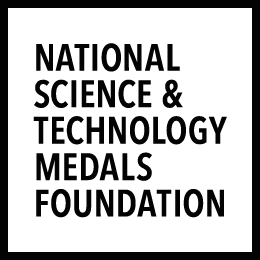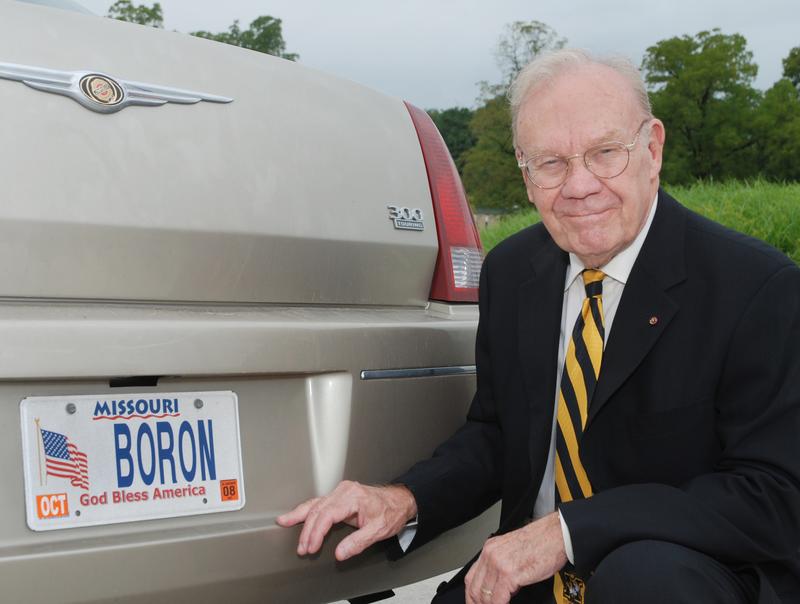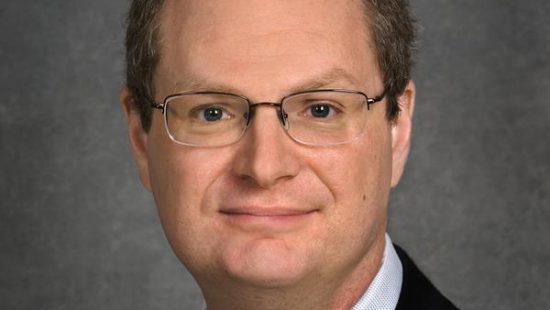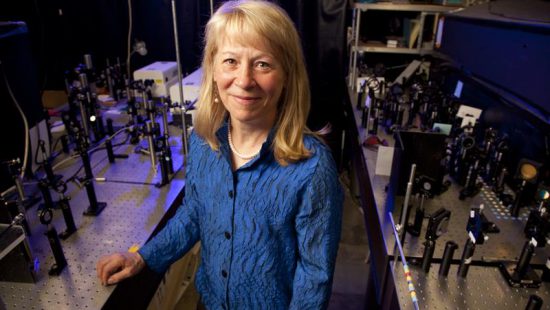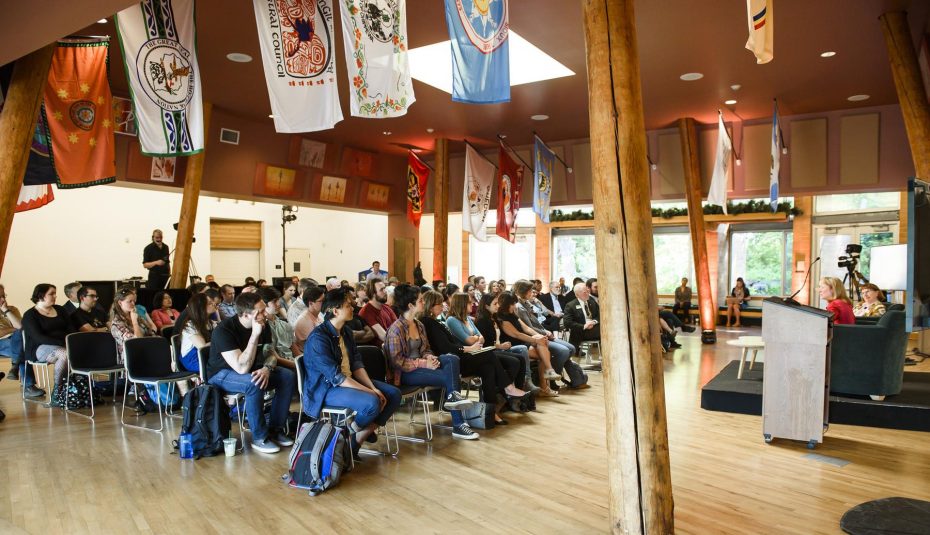The chemist M. Frederick Hawthorne once recalled for an interviewer how he was introduced to boron chemistry. It was in the 1950s and Hawthorne had been tasked with setting up an organometallic chemistry research group at an Alabama army base.
Boron chemistry was in its infancy then. Much has changed over the past six decades thanks to Hawthorne, who years later would tell the Chemical & Engineering News: “Boron is my element — not that I own it, but it owns me.”
The American Chemical Society awarded its prestigious Priestley Medal to Hawthorne in 2009, noting his boron studies and contributions to the understanding of inorganic chemistry. The applications from Hawthorne’s work with the element range from rocket fuel to radiation treatments for certain cancers and arthritis.
Hawthorne earned a doctorate in inorganic chemistry from the University of California- Los Angeles. In a career that has included stints at several universities, including UCLA, where he set up an inorganic chemistry section, he’s published more than 500 papers and ben awarded 30 patents.
Upon retiring from UCLA in 2006 he founded the International Institute of Nano and Molecular Medicine at the University of Missouri.
By Bob Warren
